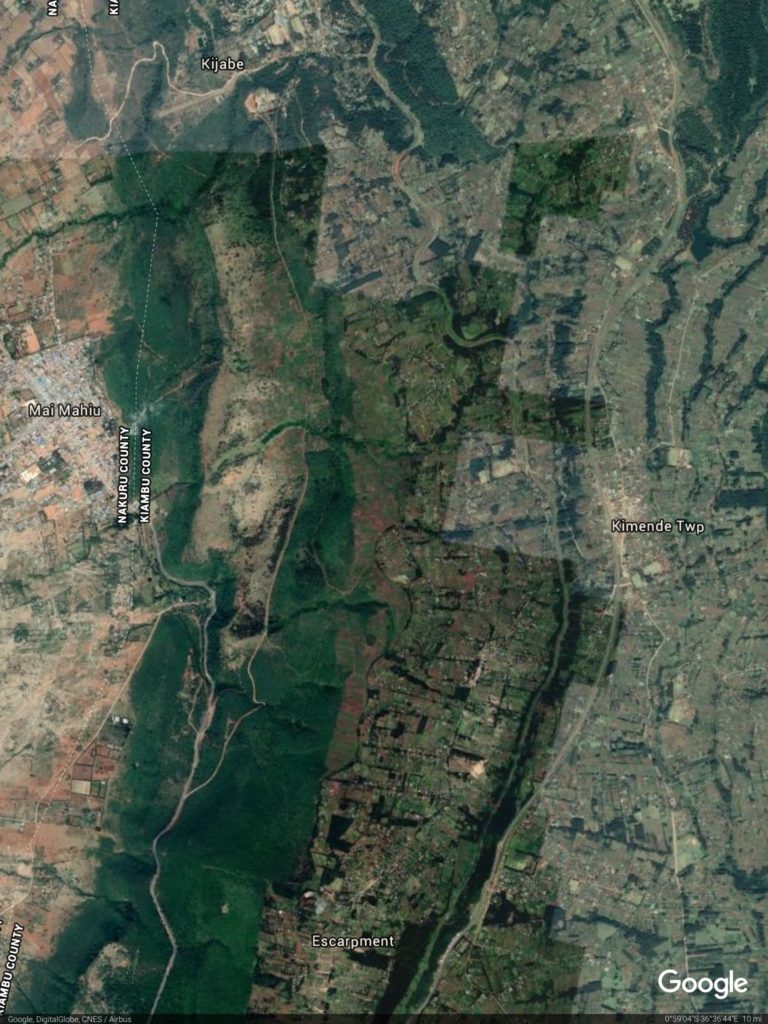Our Location

ABOUT KENYA
The Republic of Kenya sits on the equator where it’s bordered by the Indian Ocean, Uganda, Tanzania, Ethiopia, South Sudan, and Somalia. In 2023, Kenya has an estimated population of 51.5 million, which ranks 28th in the world. Kenya is primarily Christian at 83% (Protestant 47.7%, Catholic 23.4%, other Christian 11.9%), Muslim 11.2%, Traditionalists 1.7%, other 1.6%, none 2.4% The official languages used in Kenya include English (official), Kiswahili (official), and numerous indigenous languages and dialects. English language is primarily used for daily interaction in the education, business and social sector. Life expectancy is currently 69 years of age. The current median age is only 19.7 years of age in Kenya. Almost three-quarters of the population is under the age of 30.
Kenya spends approximately 5.7% of the national GDP on healthcare, earning it a low physician density of .2 per 1,000 individuals and only 1.4 hospital beds per 1,000 residents. Only 63.2% have improved access to drinking water and only 30.1% of the total population has access to improved sanitation facilities. In addition to these relatively poor numbers, educational spending is at 5.3% of the GDP and only 78% of the population over 15 years of age can read and write. These figures likely give some influence to the prevalence of HIV/AIDS in the country, which currently estimates 4.8% of adults living with the disease, and a death rate from HIV/AIDS of at least 28,000.
OUR REGION

Kiambu County is located in the Central highlands of Kenya. Residents are predominately farmers growing maize, beans, cabbage, kale and potatoes. Many farmers rear diary cows. While the milk is produced mainly for personal consumption the surplus is sold primarily to dairy cooperatives.
Lari Sub-County, population 125,884, is located 40 kilometers from Nairobi along the Nairobi-Nakuru highway (A104) and lies on an escarpment of the Great Rift Valley at 2,200 m (7,200 ft). The Lari section of the escarpment is the highest point of the Great Rift Valley along the Nairobi-Nakuru Highway. This area of the escarpment gives tourists a good view of the Great Rift Valley with a view of the Longonot Crater, Suswa Hills and the escarpments of the Great Rift Valley. The area is largely mountainous, lying on the windward side of the Aberdare Range and is primarily rural. Most roads are not tarmacked.
OUR COMMUNITIES
Our ministry is located in the Kijabe Ward of Lari sub-County including the Kijabe, Mbau-ini, Magina and Kimende locations. Each location consists of several villages and each village has a population of approximately 2,000 people and a Secondary School completion rate of 36%. Kimende is the largest town in this area with a population of 3,652 in 2019.
Income in these communities is roughly $1.50/day. The World Bank defines extreme poverty as those living on less than $1.90/day.
Cost of Living
$0.50 purchases 1 liter of milk
$1.40 purchases a 2 kg (4.4 lb) bag of corn flower
$1.12 purchases 1 liter of cooking oil
$1.50 purchases 1 kg (2.2 lbs) of sugar
$2.00 purchases a ride to Kimende, the main town in the area
$5.00 purchases HIV/AIDs medication for one month
School Fees (government run schools)
• Primary $120/year
• Secondary $250/year
• College $1500/year
